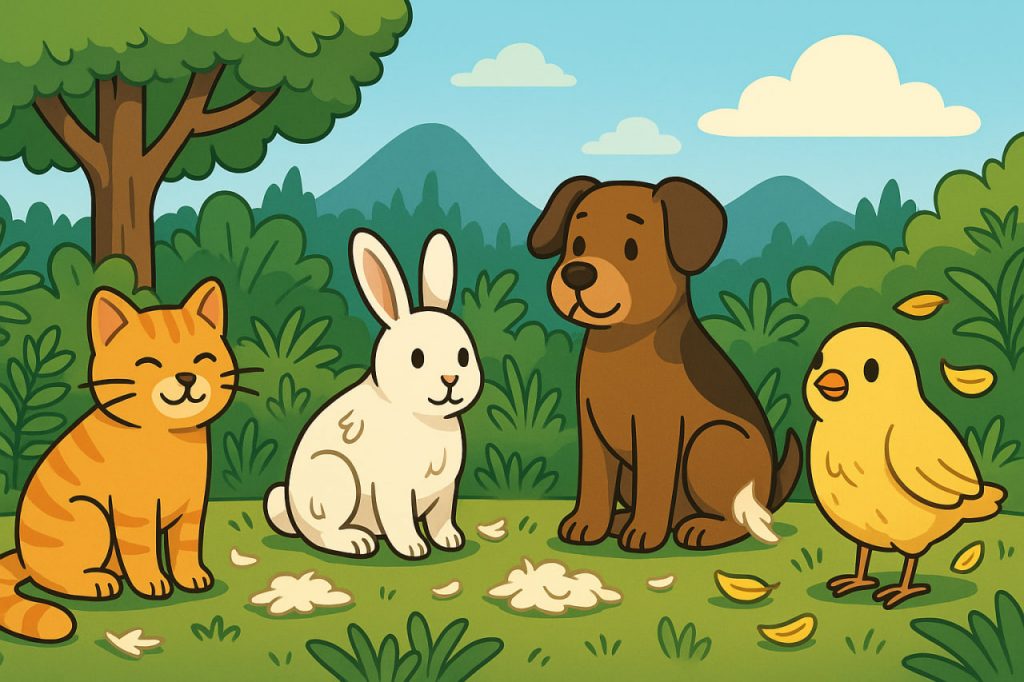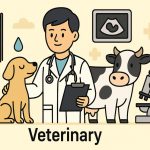Shedding is the natural process by which animals lose old or damaged hair, fur, feathers, or skin. It helps maintain healthy body coverings, adapt to seasonal changes, and protect against environmental conditions. Shedding is not a sign of illness in most cases; it is a normal biological cycle that varies among species.
Seasonal Shedding
Many animals shed seasonally to adapt to changes in temperature. For example, dogs, cats, and wild mammals grow thicker fur in winter for warmth and shed it in spring to stay cool in summer. Birds molt their feathers at certain times of year, often after breeding season, to replace worn-out feathers with new ones. This ensures better insulation and survival.
Hormonal Regulation
The shedding process is controlled by hormones, particularly those influenced by daylight length (photoperiod) and temperature. Longer days in spring stimulate hormonal changes that trigger shedding in mammals and molting in birds. These hormonal signals synchronize the process with environmental conditions, ensuring animals are best adapted to their habitat.
Functions of Shedding
Shedding serves several important functions:
- Thermoregulation – adapting insulation to seasonal temperatures.
- Health maintenance – replacing damaged or old fur, feathers, or skin.
- Camouflage – changing coat color to blend with seasonal landscapes (e.g., arctic hares).
- Reproduction – some animals shed or molt to improve appearance for mating.
This multifunctional role highlights shedding as a vital survival strategy.
Different Types of Shedding
Shedding varies between species:
- Mammals – lose fur in cycles, often seasonally.
- Birds – undergo molting, replacing feathers gradually or all at once.
- Reptiles – shed outer skin layers in patches or entire pieces (e.g., snakes).
- Insects – molt exoskeletons multiple times as they grow, a process called ecdysis.
Each type of shedding reflects adaptations to specific biological needs.
Human Interaction and Care
Domestic animals, such as cats and dogs, shed heavily in certain seasons, which can be challenging for pet owners. Regular grooming helps remove loose hair and prevents matting. In livestock, managing shedding or molting is important for animal comfort and productivity. Understanding shedding patterns also aids veterinarians in diagnosing health conditions.
Conclusion
Shedding is a natural and essential process in the animal kingdom. It helps regulate body temperature, maintain healthy coverings, and adapt to changing environments. While it may seem inconvenient for pet owners, it reflects the deep biological cycles that connect animals with nature’s rhythms.
Glossary
- Shedding – natural process of losing old hair, fur, feathers, or skin.
- Molting – replacement of feathers in birds.
- Photoperiod – length of day influencing biological rhythms.
- Ecdysis – molting of exoskeleton in insects and reptiles.
- Thermoregulation – control of body temperature through shedding or insulation.
- Hormones – chemical messengers that regulate body processes.


